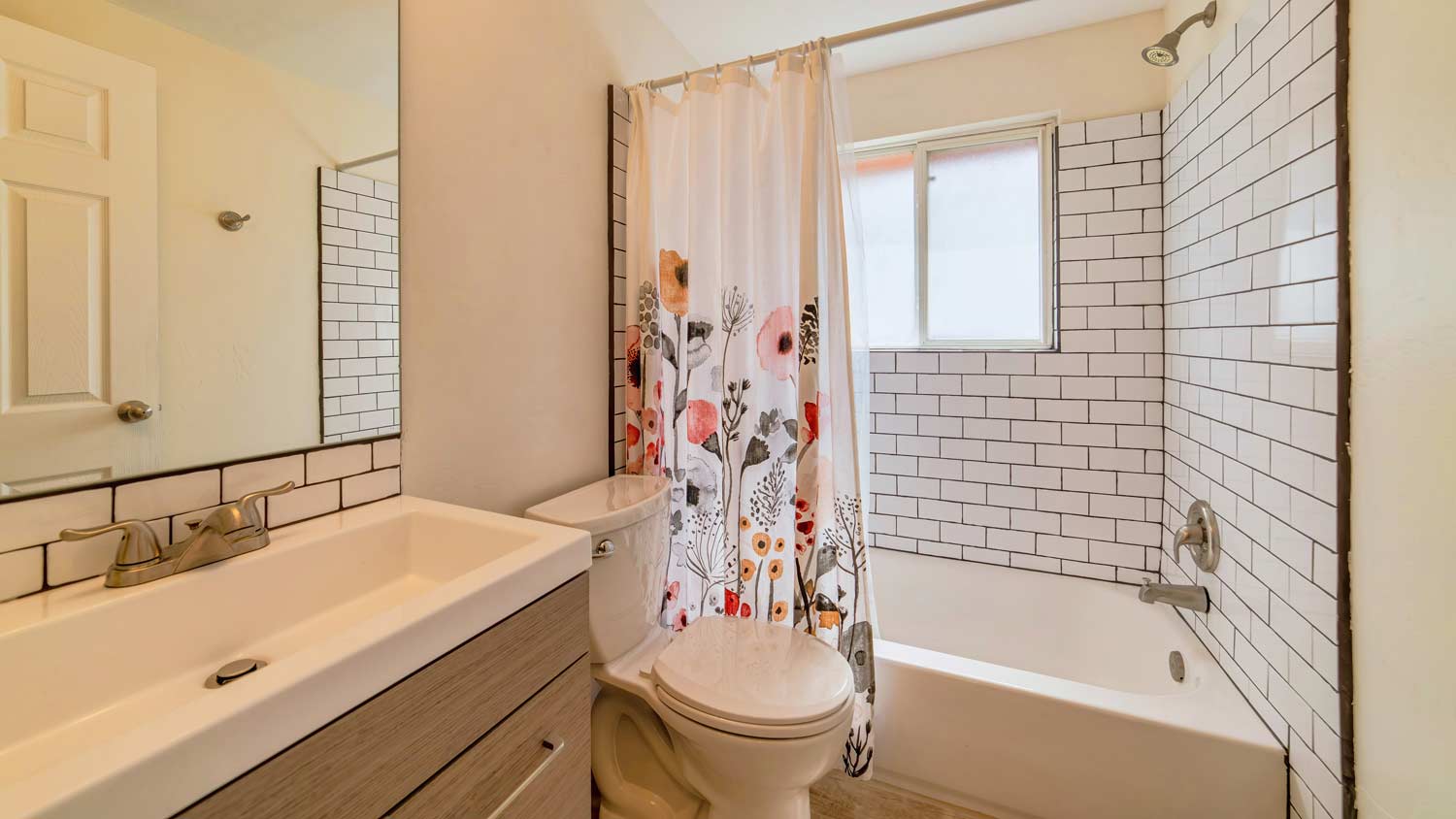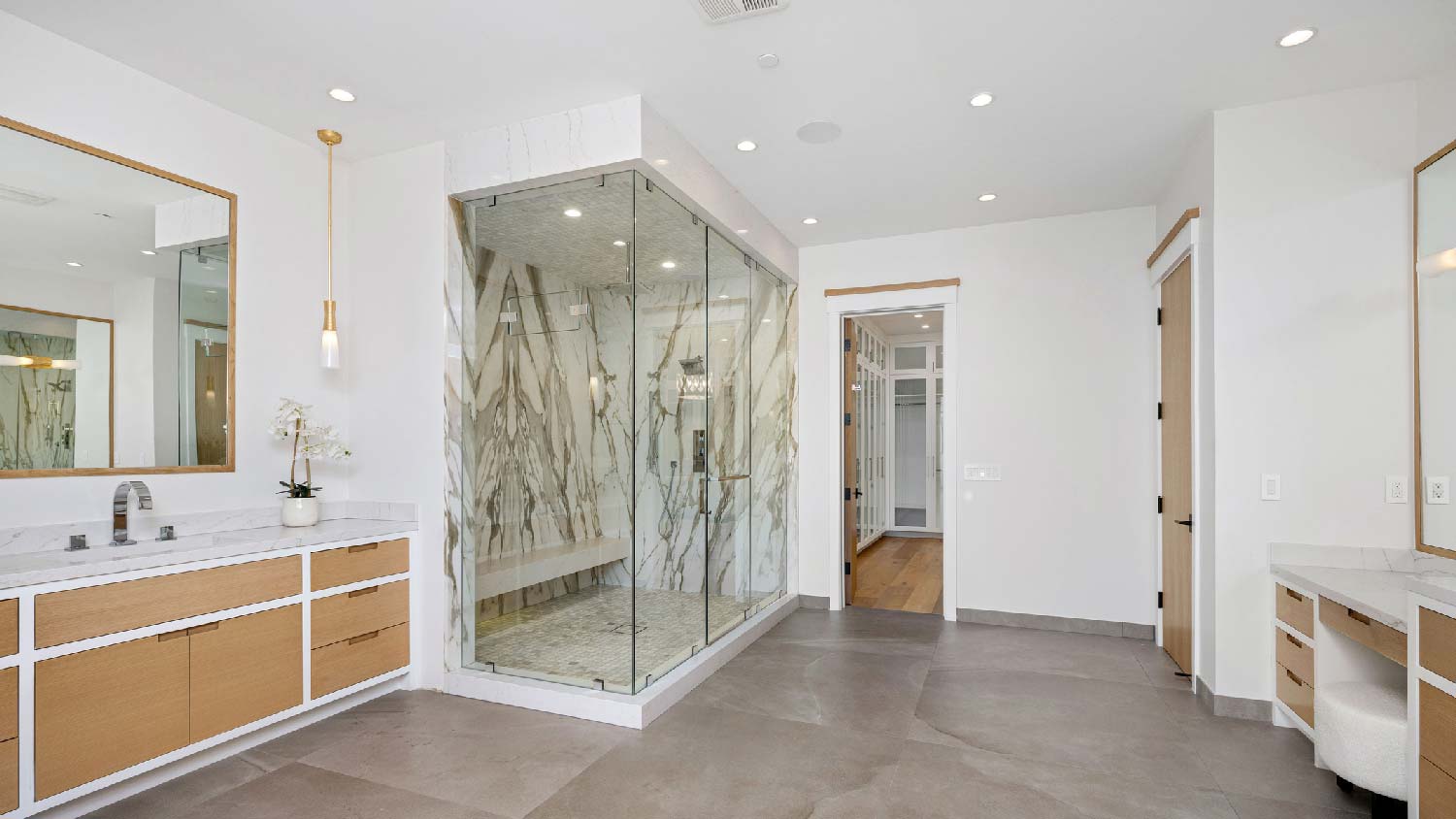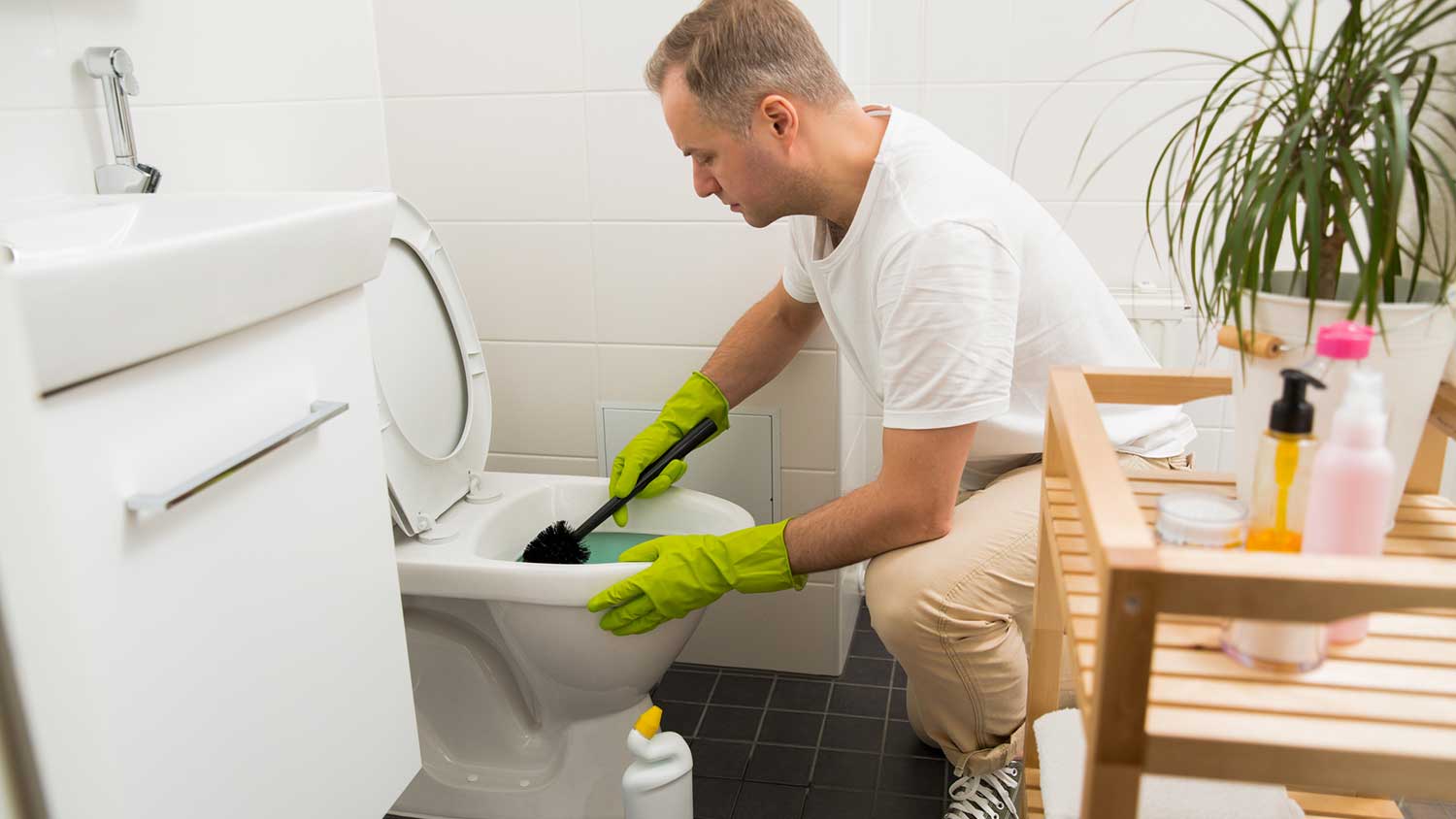What’s the Difference Between Black Mold and Wood Rot?
Send these uninvited house guests packing


Black mold can be damaging to your health, but wood rot is not.
DIY wood rot removal is possible, but it’s best to hire a pro to help with black mold removal.
Proper ventilation and moisture control can help you avoid both problems.
When it comes to black mold versus wood rot, these two issues pose different threats to your home. Black mold, a toxic fungus, thrives in damp environments, posing severe health risks to inhabitants. Wood rot, on the other hand, is a gradual decay of wood caused by fungi, compromising the structural integrity of buildings. While both stem from moisture, black mold endangers health, whereas wood rot silently undermines the very foundation of homes.
Learn more about the differences between black mold and wood rot.
Key Differences Between Black Mold and Wood Rot
Black mold and wood rot, both fueled by moisture, pose distinct threats to homes. Here is a quick look at how these two issues differ.
| Type of Difference | Black Mold | Wood Rot |
|---|---|---|
| Source | Fungus | Fungi |
| Appearance | Dark green or black | Discolored spongy wood |
| Health Impact | Respiratory, allergies | None |
| Location | Damp surfaces | Within wood |
| Removal | Remediation | Wood replacement |
| Prevention | Proper ventilation | Waterproofing |
The terms “mold,” and “black mold" are commonly used interchangeably, but there is a difference. Black mold is a specific type of mold. It’s typically black in color, but it can be green. And, unlike some types of mold, black mold is toxic.
Black Mold vs. Wood Rot: Every Characteristic, Compared

While the above chart gives you a general idea of how black mold and wood rot differ in appearance, cause, and removal, let’s take a much closer look at these differences.
Appearance
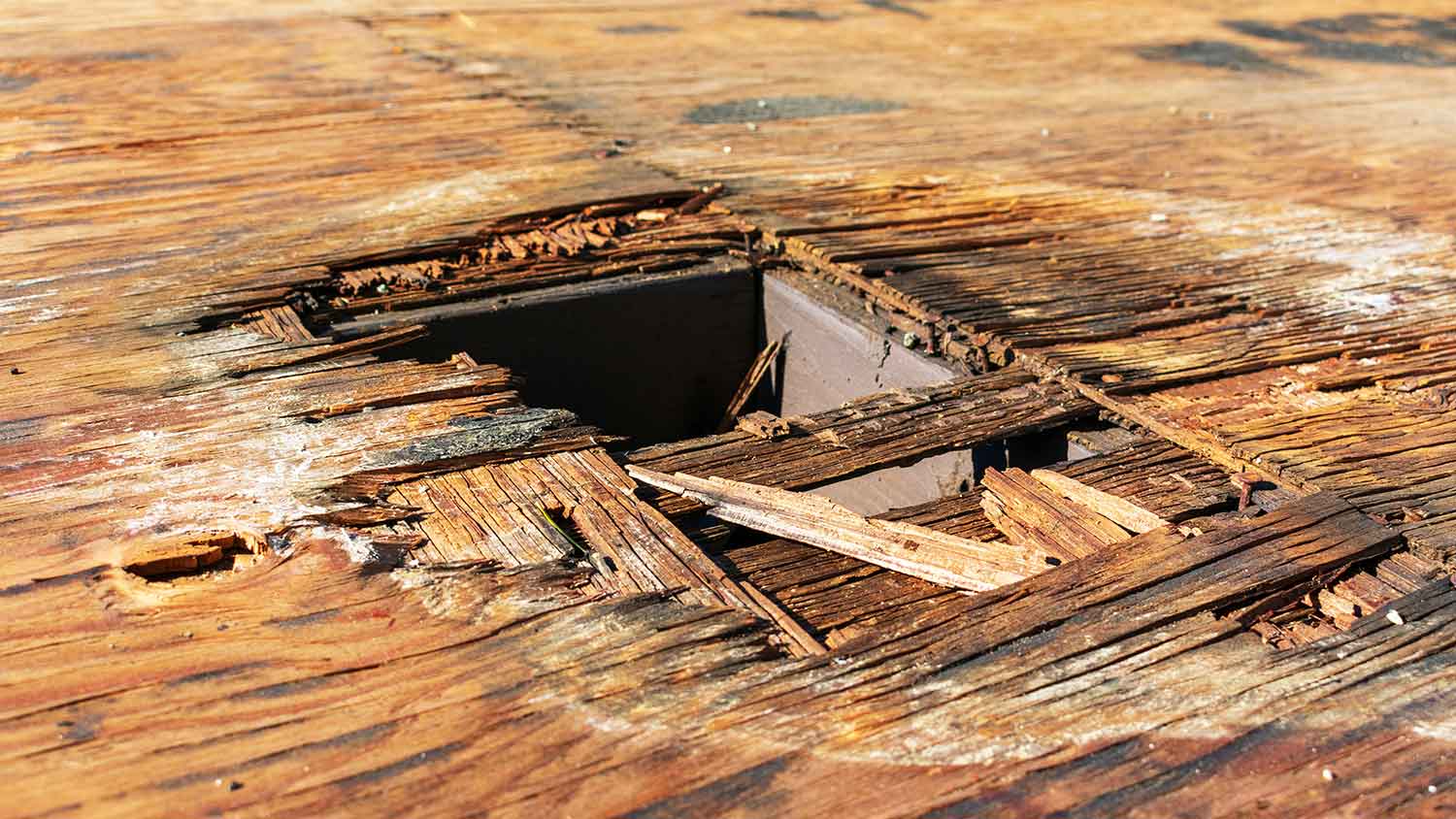
So—what does black mold look like? Black mold presents as dark green or black patches on various surfaces, thriving particularly in damp environments. Its slimy texture distinguishes it from other molds. In contrast, wood rot manifests as discolored, spongy, and weakened wood structure. The affected wood often takes on a yellow, brown, or white hue, indicating the presence of fungi. While black mold primarily affects surfaces, wood rot is an internal issue, progressively compromising the integrity of the wood from within.
Health Impact
Chances are, you’ve already heard plenty of warnings about how damaging black mold can be toxic and bad for your health, but luckily wood rot isn’t dangerous in that way. Black mold exposure can lead to severe health problems, including respiratory issues, allergies, and skin irritation, especially in individuals with weakened immune systems. Prolonged exposure to its mycotoxins can result in chronic illnesses. Wood rot, conversely, does not directly impact human health. However, its presence compromises the structural stability of buildings, potentially leading to accidents and injuries due to weakened structures.
Location
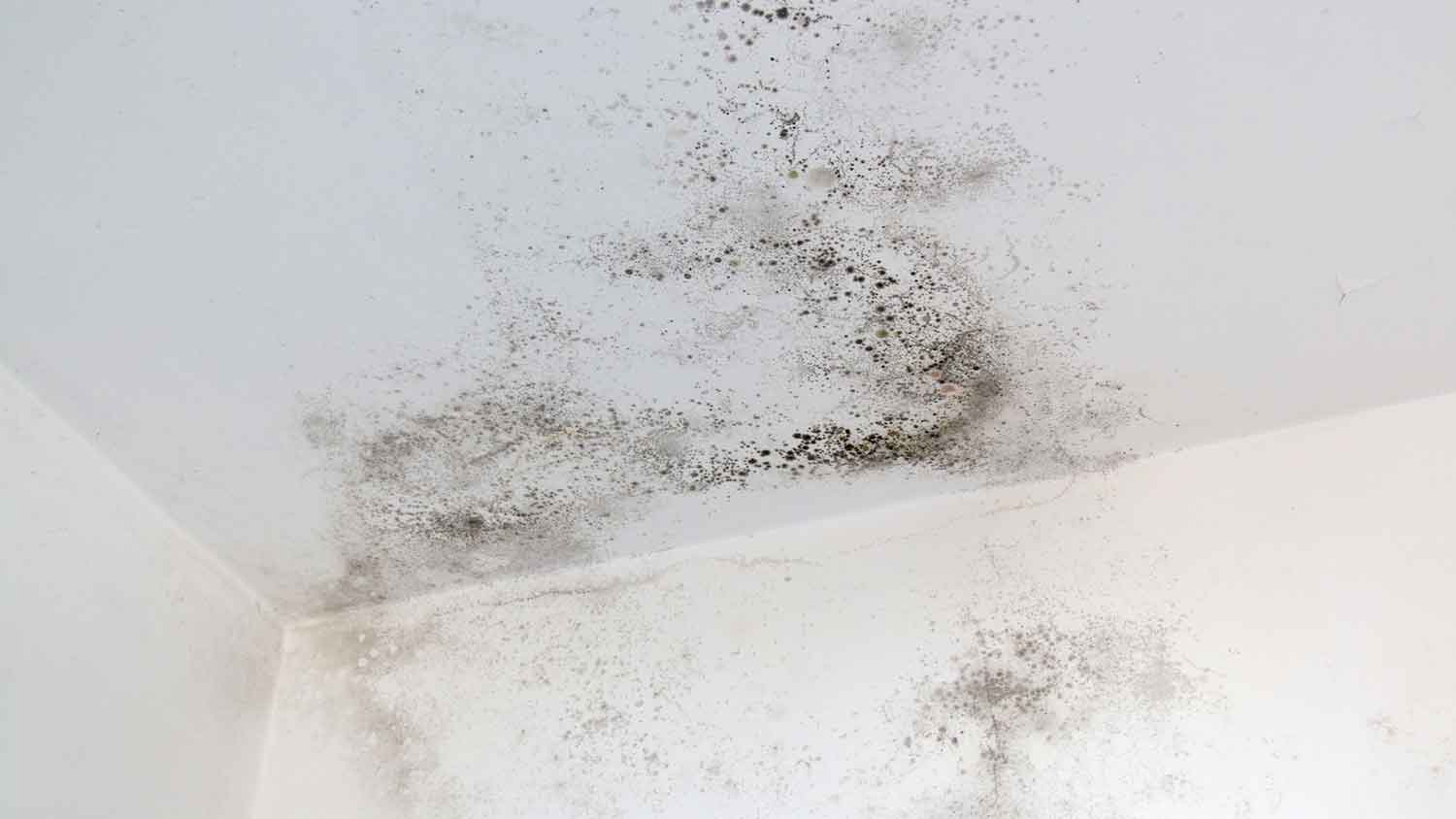
Black mold thrives on surfaces, especially in areas with high humidity or water damage. Common locations include walls, ceilings, and damp corners of homes. Its visibility often prompts early detection. Wood rot, however, grows within wood, making it challenging to identify until significant damage has occurred. It often originates in hidden, moist areas like basements, crawl spaces, or areas affected by leaks, spreading silently within the wooden structures.
Removal
The good news is, if you’re handy, you may be able to tackle wood rot removal and repairs without professional help. Wood rot removal involves replacing the affected wood and addressing the underlying moisture issue. This process includes repairing leaks, improving ventilation, and applying wood preservatives to prevent future fungal growth.
Unfortunately, removing black mold on your own is difficult to do safely. Black mold removal is a trickier business and requires professional mold removal from a local pro due to its toxicity and potential to spread during the cleaning process. Professionals employ specialized equipment and cleaning agents to ensure thorough eradication. If you suspect you have black mold in your home, start by hiring a black mold inspector near you. When it comes to having the mold removed, we recommend calling a few different companies to find out the cost of mold remediation in your area.
Prevention
You want to take steps to prevent both black mold and wood rot. Preventing black mold involves ensuring proper ventilation, controlling indoor humidity levels, and promptly addressing water leaks and dampness. Regular cleaning and mold-resistant paint can also deter its growth. Wood rot prevention revolves around sealing wood surfaces with weather-resistant finishes, ensuring proper drainage to prevent water accumulation, and applying fungicides or wood preservatives. Adequate ventilation is essential to both prevention methods, as moisture control is the key factor in mitigating the growth of both black mold and wood rot.
Frequently Asked Questions
Wood rot and mold are related but not equal. Wood rot specifically refers to the decay of wood caused by fungi, compromising its structural integrity. Mold, including black mold, is a type of fungus that can grow on various surfaces, including wood. While wood rot involves the deterioration of the wood itself, mold, including black mold, can grow on both rotting and non-rotting wood, making them interconnected but distinct issues.
Toxic black mold on wood appears as dark green or black patches. It often has a slimy or wet texture and may spread across the surface in a spotty pattern. The affected wood might appear discolored, soft, and damp. Identifying black mold early is crucial because it can cause severe health problems when its spores are released into the air. Prompt remediation is necessary to prevent further damage and health risks.
Black mold on wood is a very serious issue. Besides compromising the structural integrity of the wood, it poses significant health risks. Stachybotrys chartarum, commonly known as toxic black mold, produces mycotoxins that can lead to respiratory issues, allergies, skin irritations, and other health problems. If left untreated, it can spread rapidly and compromise the structural stability of the affected wooden structures. Immediate remediation and preventive measures are essential to mitigate the risks associated with black mold on wood.



